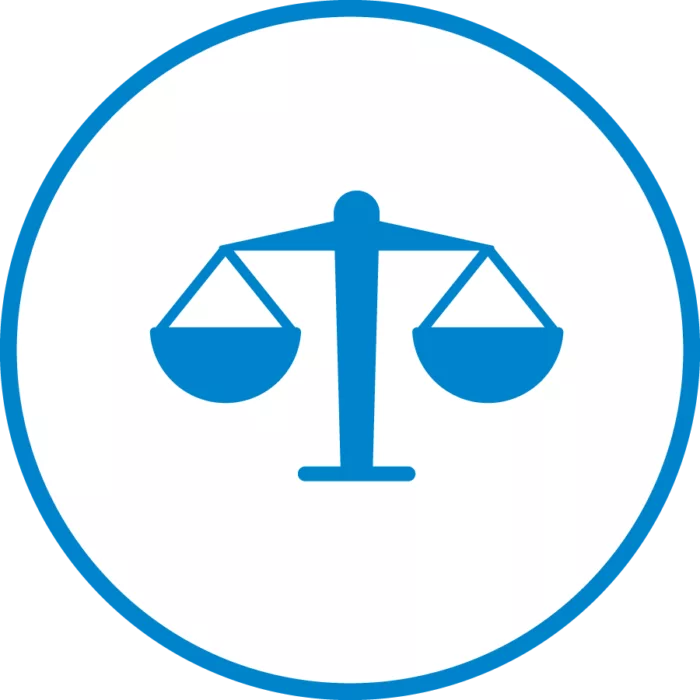Overview
When brainstorming solutions to a problem, you hopefully came up with a long list of potential ideas. So, where do you start, and how do you prioritize these ideas? Choosing among your options should be driven by the insights gleaned from your empathy interviews with students, families, teachers, and classified staff, and the insights gained about the root cause of the problem you’re addressing. It can be helpful to ask: Which of the solutions that has been brainstormed is likely to be most impactful? Which of the solutions is most feasible to test?
It is worth remembering that the design process is flexible; if your chosen solution turns out to be a flop, you can always return to your list and choose a different solution to pilot.
Steps to Implementation
Suggested time: 1 hour
- Gather your team in a room (in-person or virtual); make sure your team has brainstormed a wide range of potential solutions to your problem of practice.
- Revisit the themes you developed in the brainstorming exercise.
- Discuss the themes as a team:
- What solutions do we think would be most impactful, such that they would most directly and significantly address our students’ needs?
- What solutions do we think would be most impactful, such that they would promote equity and resiliency in teaching and learning?
- What solutions do we think would be most feasible, such that we could pilot them in the near term?
- After the discussion, it’s time to decide on a solution. Consider the following methods for prioritizing a solution:
- Bring the draft solutions to students, families, teachers, and classified staff to get their perspectives on which are most urgent and important to implement.
- Have each team member choose their top 3 solutions with a “+1,” checkmark, or dot; then, select the solution with the most votes.
- Map solutions in a two-by-two graph of impact and feasibility. Select the solution that ranks highest on both axes (i.e., highest impact and highest feasibility).
- Document your selected solution.
- Next, you will reflect on how equity has (or has not) appeared in your process thus far, as well as whether your selected solution aligns to your equity goals.
This activity was inspired by the Ways to Grow Framework from IDEO and the Find Opportunities step of the Design Thinking for Educators Toolkit.
This strategy is a part of TLA's Real-Time Redesign release, a practical toolkit for improving equity and resiliency in schools. Explore the full guide to find additional strategies, insights, and resources.

Ensuring Equity & Resiliency
In this activity,
- Equity looks like using input (either through the empathy interviews or by asking students, families, teachers, and classified staff for feedback on your brainstormed solutions) to select among the potential solutions. An idea that sounds most impactful to your design team may not be the same one that students, families, and teachers would prioritize.
- Resiliency looks like considering feasibility when selecting an idea, but not letting current district context overly constrain your design. You will pilot your selected idea in a small scale test to start, so use this as an opportunity to try something that you might otherwise consider too challenging or drastic to implement at scale in your district.
Strategy Resources
Cedar Rapids: Building Space and Structures for Student Reflection
Cedar Rapids Community School District (CRCSD) sought to address a key problem in their district... Learn More
Mastery Charter School: Student Independence Through Blended Learning
Mastery Charter Schools sought to address a key problem in their district: “How might we... Learn More
Monterey Peninsula: Students and Teachers Co-Designing Strategies for Belonging
Monterey Peninsula Unified School District (MPUSD) sought to address a key problem in their district... Learn More
Match the Right Solution to Your Problem: Discussion Questions
These discussion questions accompany the Activity: Match the Right Solution to Your Problem strategy card. Learn More